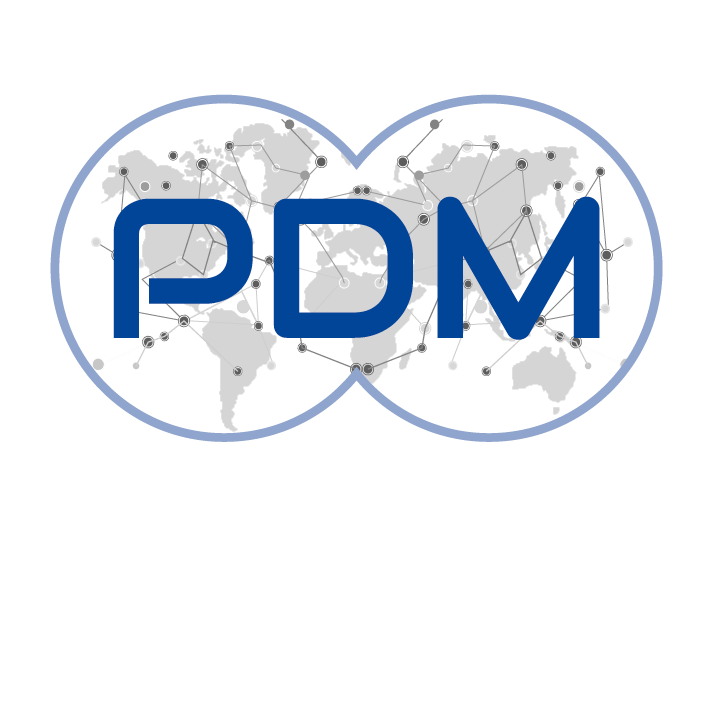Page content
A Primer on Managing Sovereign Debt-Portfolio Risks
This primer presents an overview of the management of sovereign debt portfolio risks and debt managers’ use of LMOs to address them. It discusses techniques used by debt managers to manage sovereign debt portfolio risk and achieve their sovereign risk management objective of minimizing cost according to an acceptable level of risk. To achieve the objective, debt managers must develop a strategic plan that consists of specific guidelines and actions that take the underlying economic and financial environment into account. In essence, the strategy is based on the assessment of the medium-term debt servicing cost and portfolio risk subject to the underlying uncertainty. The quantification of risks follows wellknown principles for the different risk types, including market, refinancing, liquidity, and operational risks.
It is argued that a debt management strategy, along with a clearly defined risk management framework, should form the basis for the effective use of LMOs. The focus should be on prevailing debt portfolio risks, for example, refinancing risk, where the government will need to manage the debt maturity profile, liquidity, and interest and exchange rate risks, as well as contingent, legal, and operational risks. Debt managers measure interest and exchange rate risks and costs of outstanding sovereign debt and associated exposures differently from asset managers. Sovereigns typically exogenize interest- and exchange-rate-related losses, as they expect to owe the bonds to maturity, while asset managers measure their positions according to movements in market prices. There are exceptions, as this observation may not hold true for sovereigns that actively manage their liabilities. Accordingly, debt managers have sought to smooth variations in duration by applying fixed interest rates in calculating marketsensitive measures. This framework, together with government accounting, may not be suitable for sovereigns, as losses are measured and assumed differently by sovereigns and investors. Further, the assumptions that the sovereign can repurchase its debt at market prices or insure against its own failure are not plausible either, so it remains unclear whether a fullfledged market valuation framework for the government is practical.
Sovereigns with strong credit ratings and access to markets will have a wider range of options to manage their liability structure, including through typical liability management operations and the application of derivatives. For such transactions, a robust risk management framework with an emphasis on operational risk is required, along with a strong credit culture to deal with the complexity of the financial instruments in the debt portfolio.
LMOs and strategic debt management are also relevant for governments that experience debt distress. The role of LMOs at an early stage of stress can preserve market access by undertaking liability management operations that improve the debt maturity profile and avoid a liquidity crisis. In case of program countries that have temporarily lost market access, LMOs can support the transition to stable market access during the program period, while in cases of re-profiling or restructuring, LMOs reduce the pressure to engage in large debt treatments.
A number of tools have been prepared by the IMF and the World Bank for debt managers. The Medium-Term Debt Management Strategy (MTDS) Framework, prepared by staff of the IMF and the World Bank, provides a guide to debt managers on how to assess debt portfolio risks, prepare debt strategies, and analyze their performance under various scenarios. The Sovereign Portfolio Risk Analyzer and Optimizer (SoPRAnO217 Tool) can be applied in market-access countries where there exist measures of market prices, such as regular bond pricing and credit default swaps. The tool allows debt managers to analyze a variety of debt portfolio risks, in particular to measure the total risk of a portfolio, provided the volatilities and correlations among the risk factors can be estimated.



